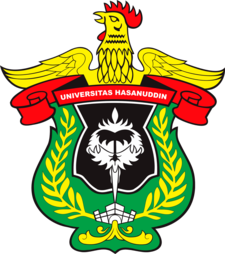Bachelor Program Academic Information
Curriculum
The competency-based S1 Mining Engineering Study Program curriculum is adapted to the KKNI and will begin to be implemented in the first semester of 2023/2024.
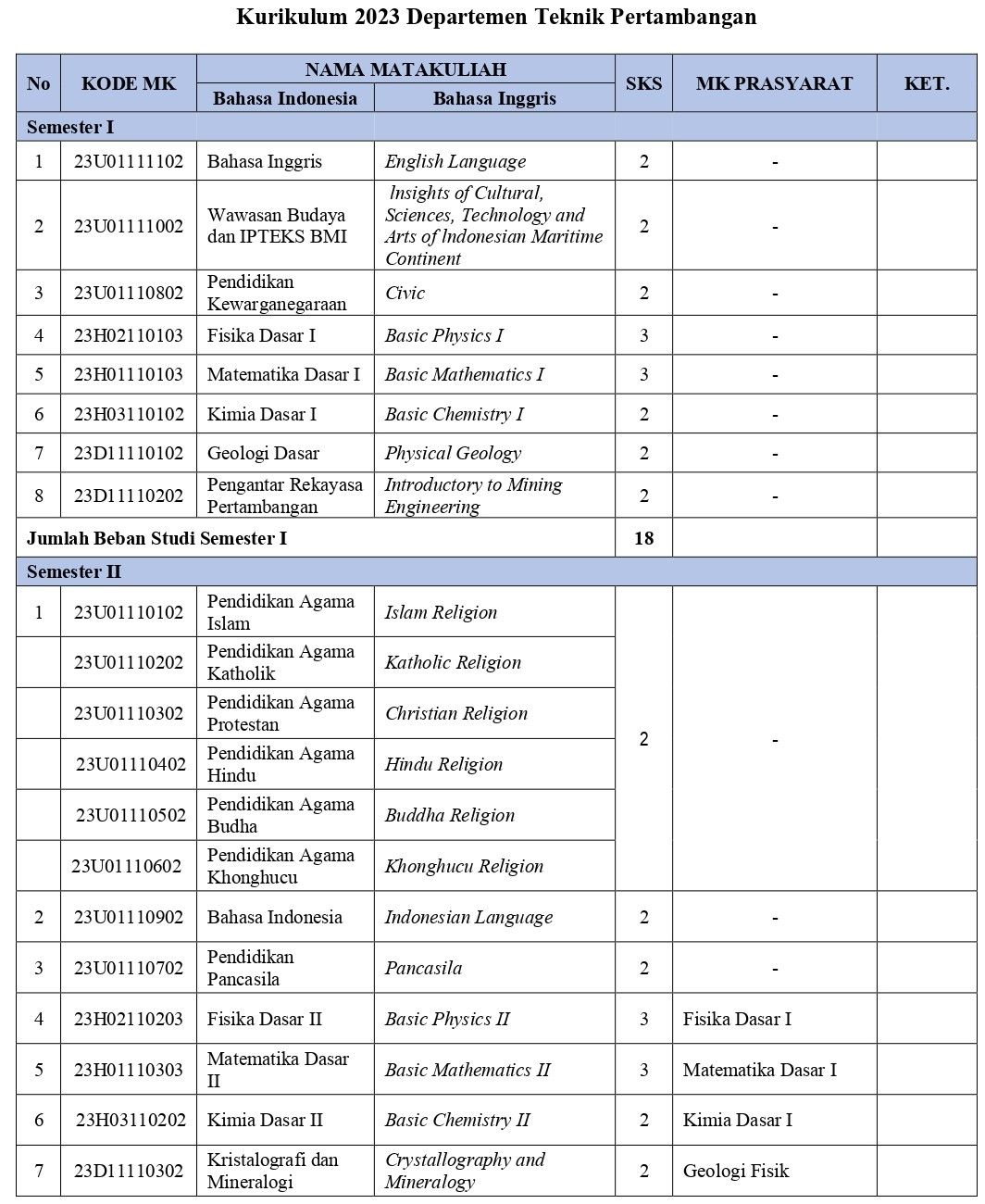



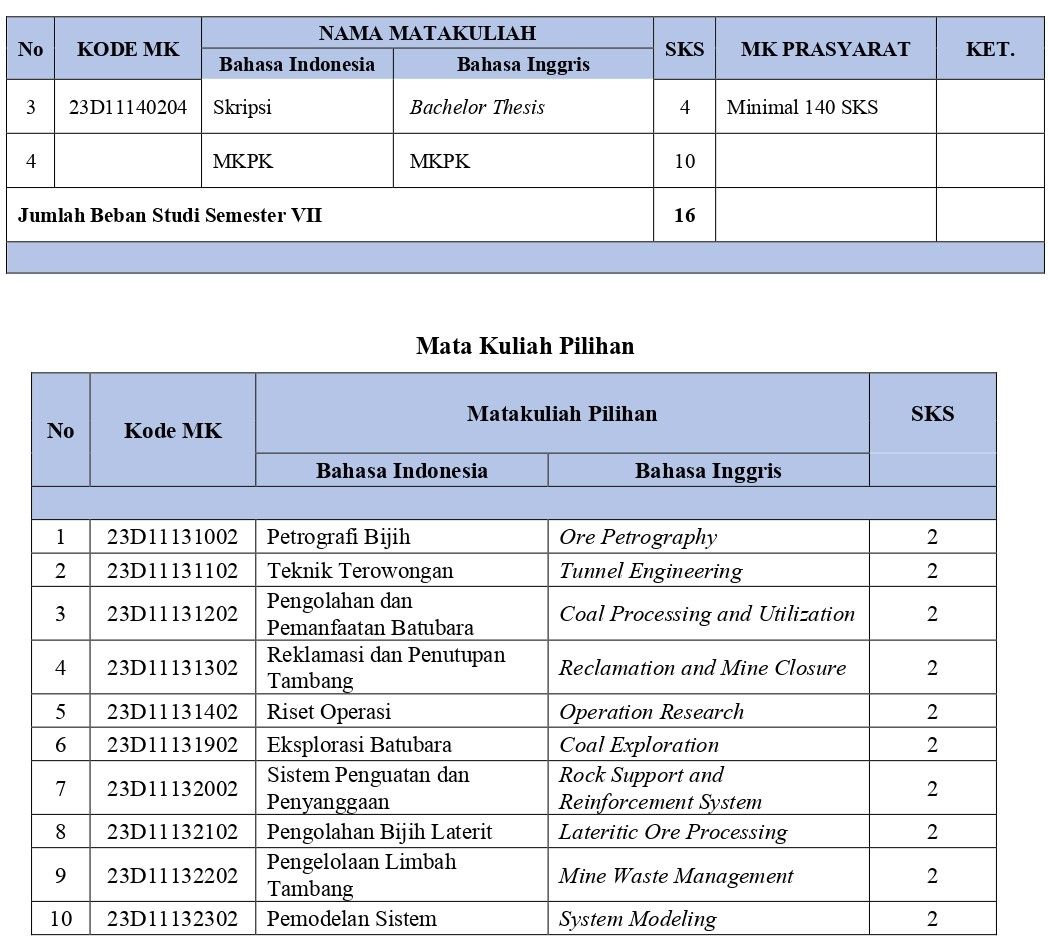
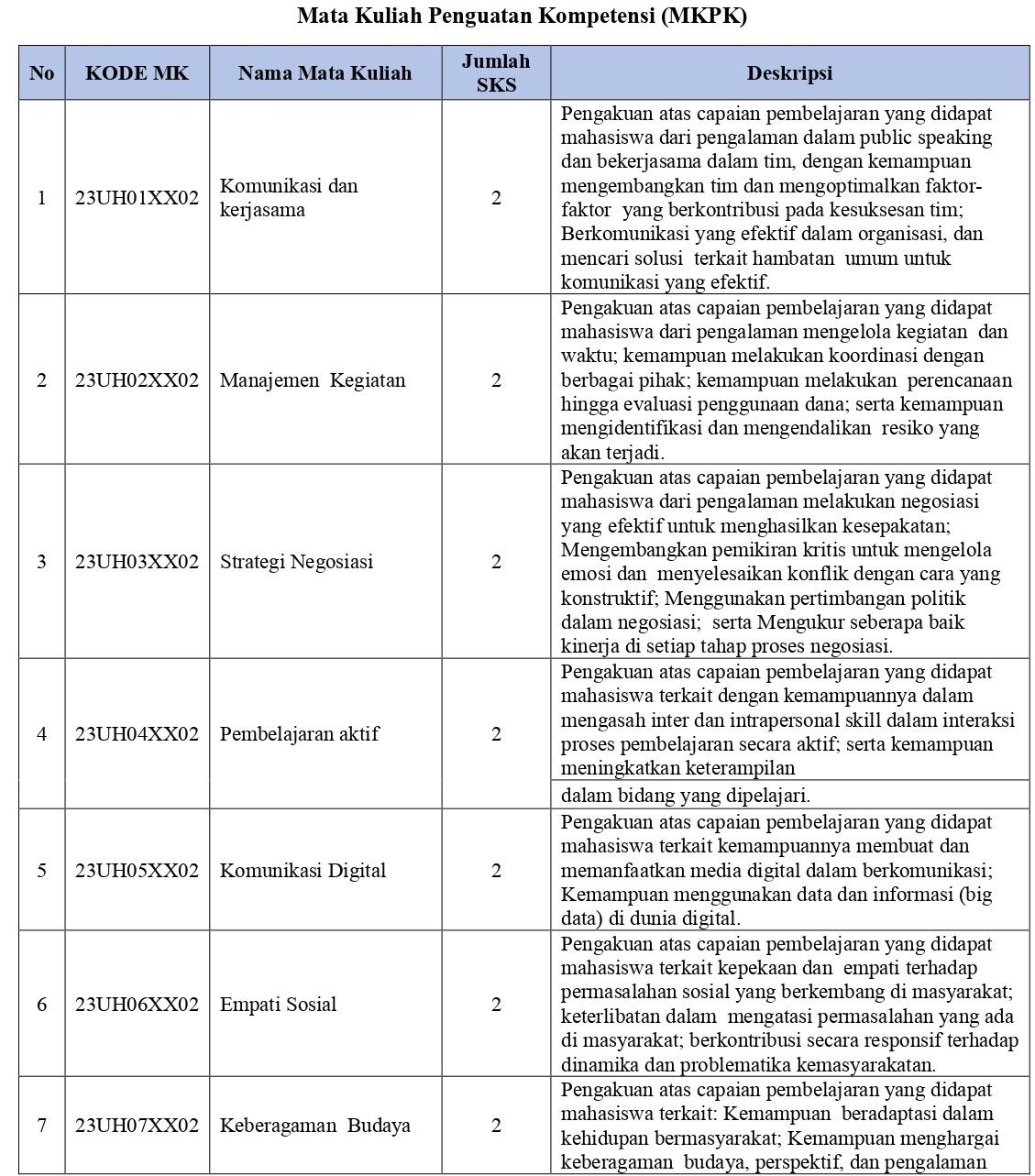
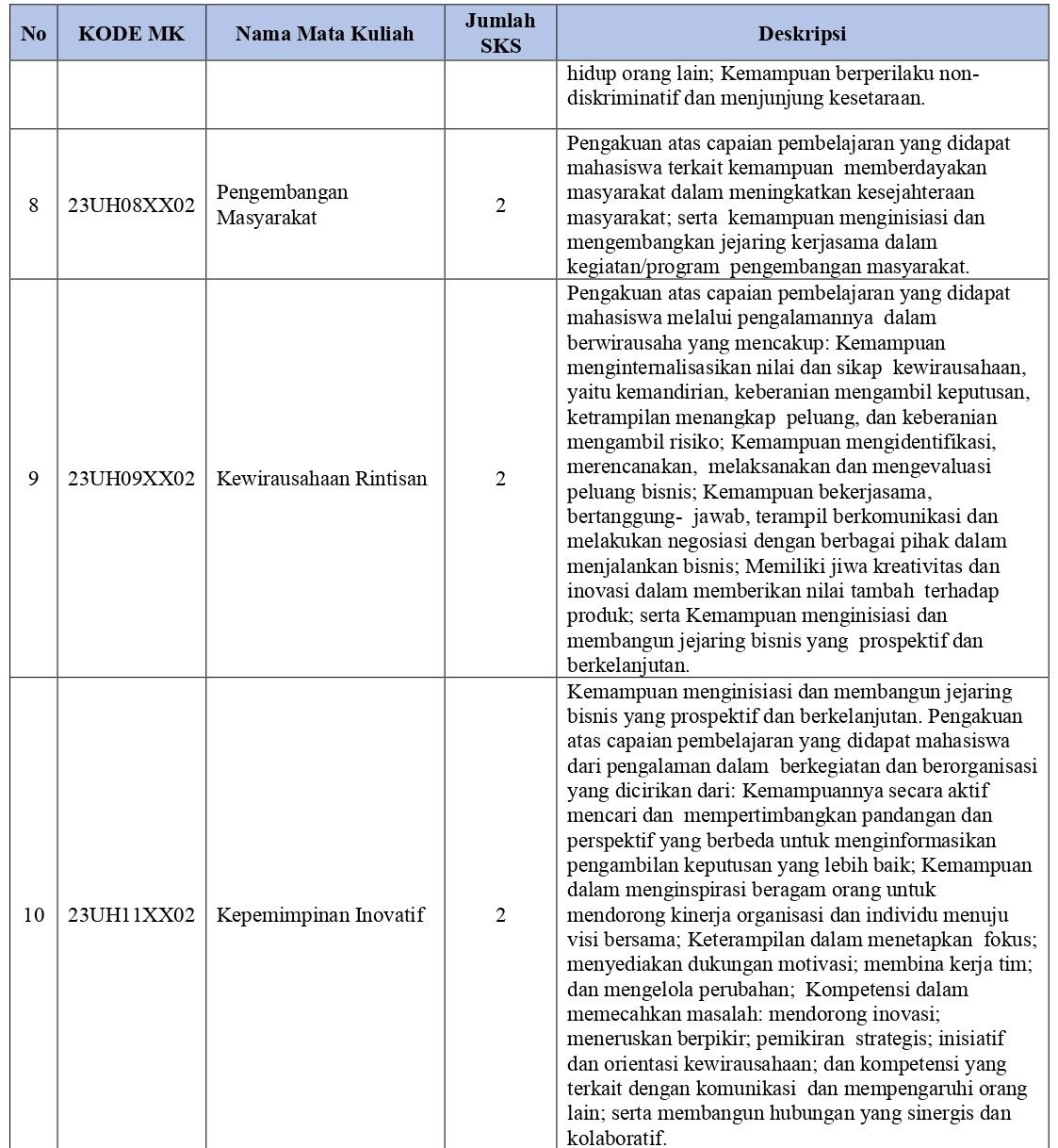
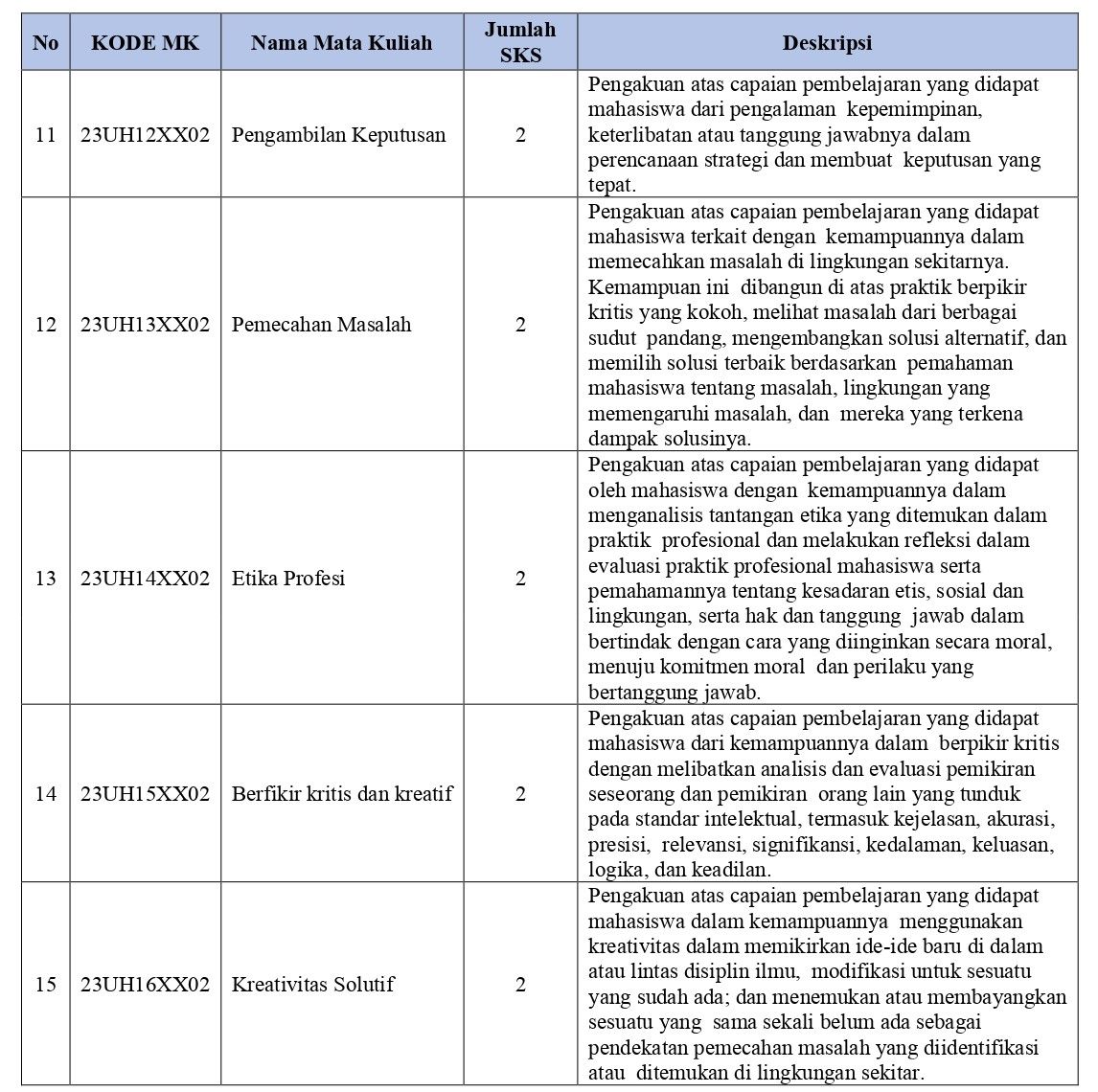
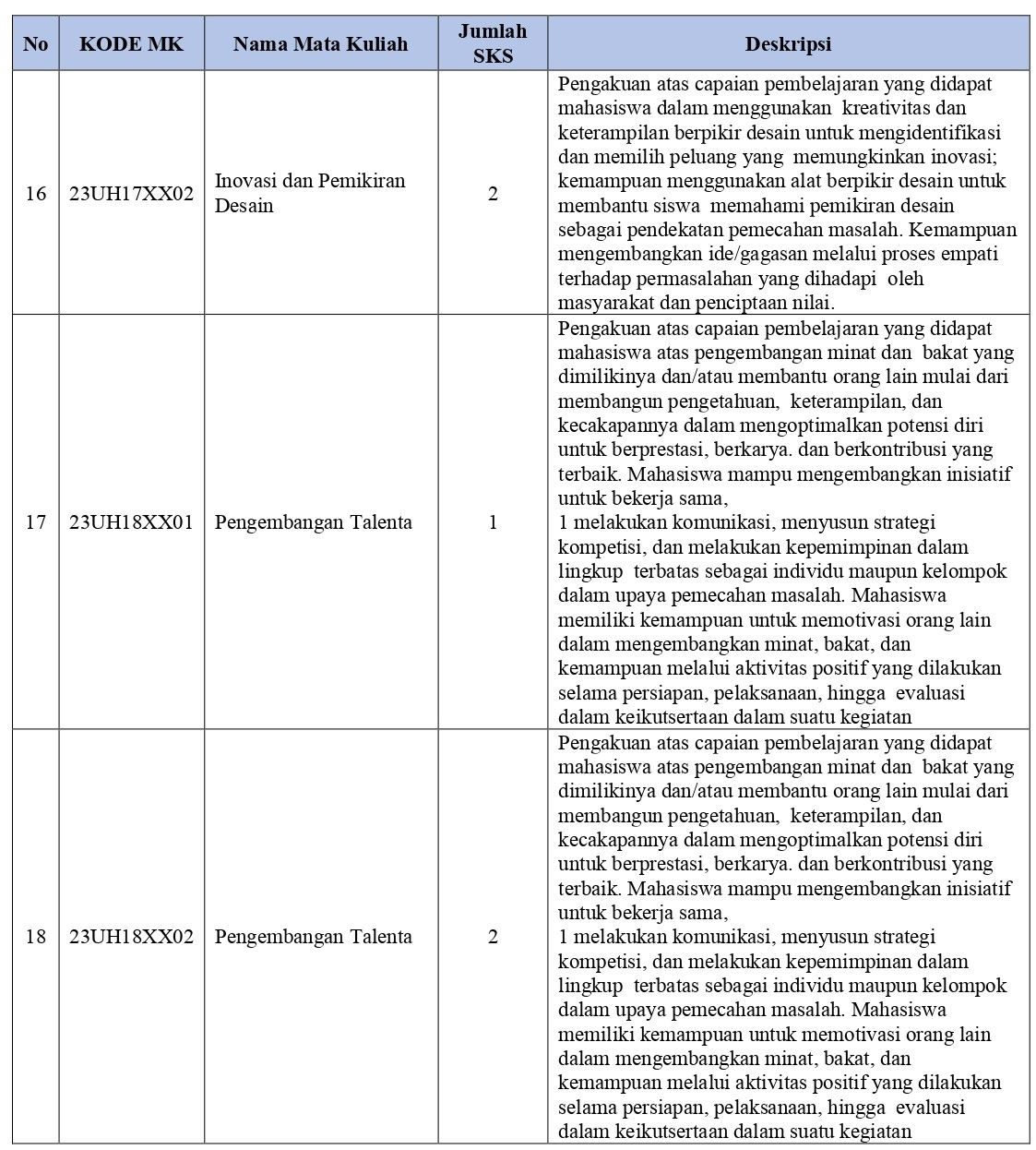



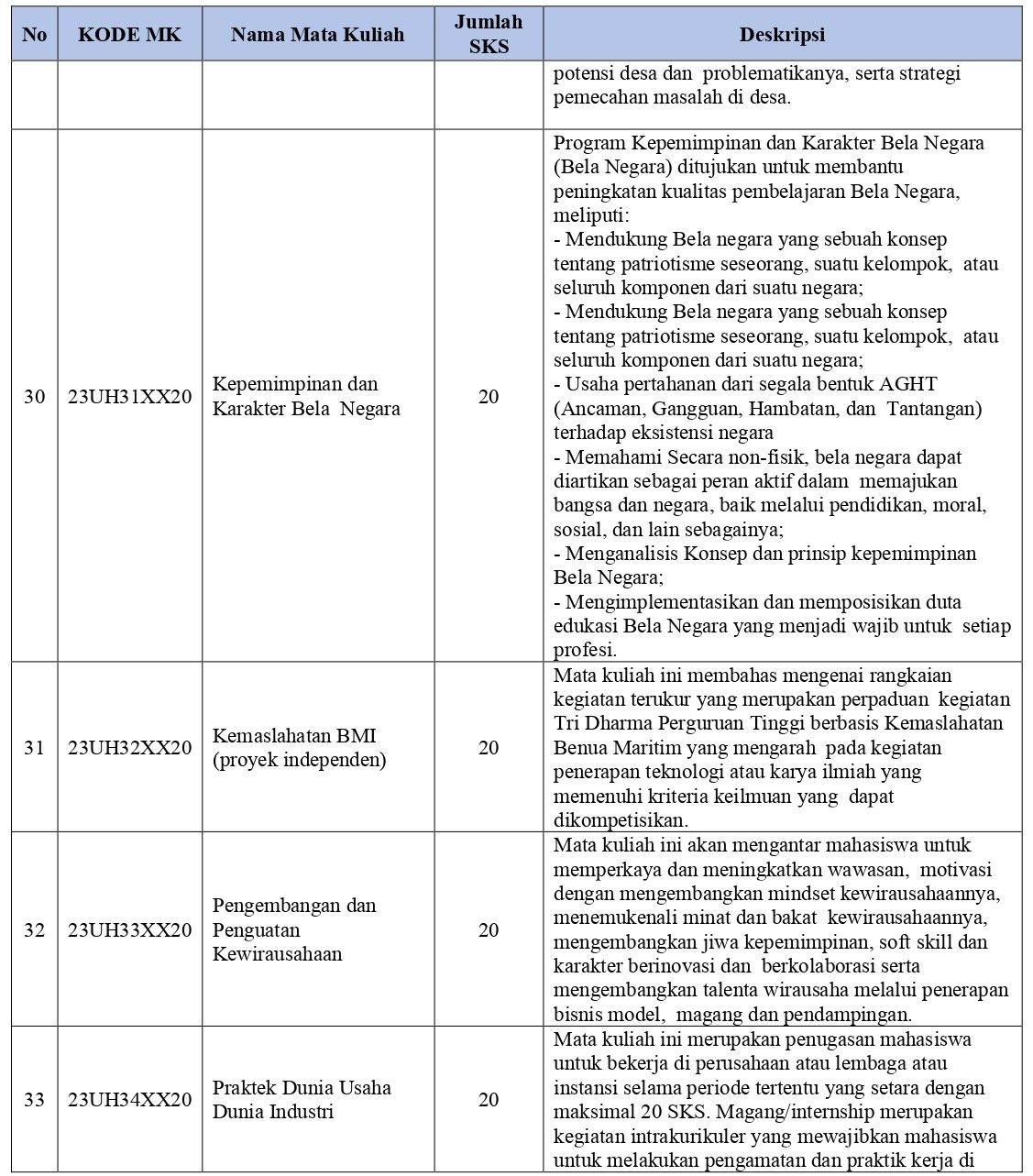
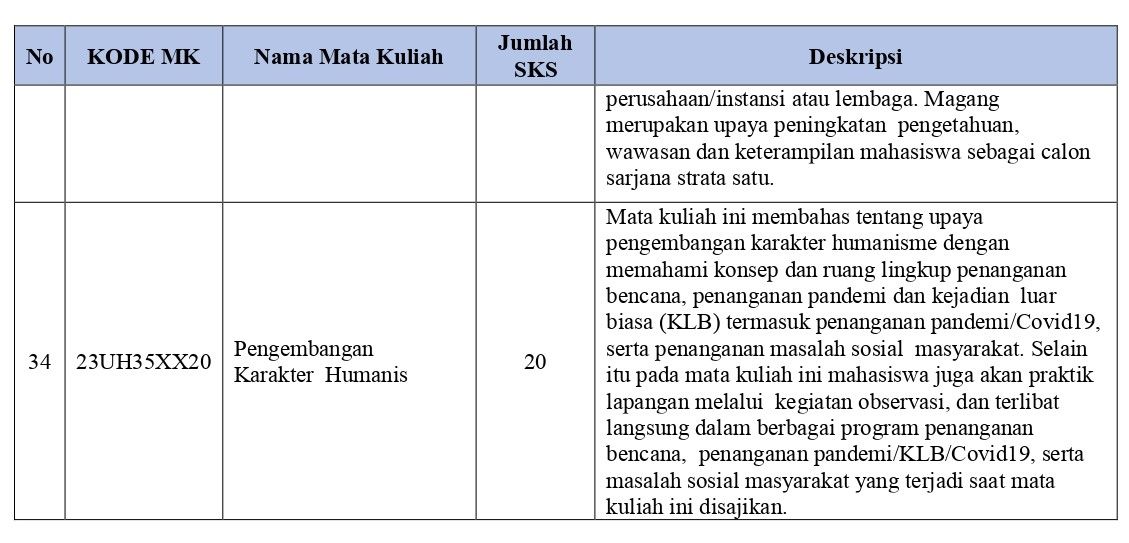
Admission Requirements
The selection process is carried out at the national and university levels through five admission systems. The student admission system at Universitas Hasanuddin is organized by Student Admission Centre. The admission path for new undergraduate students at university is carried out through:
- National Selection to Enter University (SNMPTN) is carried out based on the results of tracking academic achievements and/or portfolios of prospective students. Applicants are high school graduates or the equivalent who graduated in the same year as the year of admission. The selection process is carried out by the Government of the Republic of Indonesia nationally. The registration process includes two stages, namely a.) The school recommends the best students on the website of https://pdss.ltmpt.ac.id, and b.) Qualified candidates register through the website of https://snmptn.ltmpt.ac.id
- Joint Selection for University Entrance (SBMPTN) is carried out based on the results of the Computer-Based Written Examination and other criteria agreed by the university. The applicant is a high school graduated maximum of the last 3 years. The selection process is carried out by the Government of the Republic of Indonesia nationally.
- Higher Education affirmation scholarship program (ADIK) is one of the efforts of the government of the Republic of Indonesia to increase access and learning opportunities that have good academic potential but have limited access to education. One of the conditions is that they come from the Papua Province and West Papua Province, the frontier, outermost, and under-developed areas. Registration via the website https://adik.ristekdikti.go.id
- Non-Subsidized Pathway (JNS). Non-Subsidized Pathway Student Admission (PMJNS) is one of the independent selection pathways organized by Universitas Hasanuddin to recruit prospective students who have academic achievements in addition to financial ability and international students. Applicants are required to be registered as SBMPTN participants in the same year of admission to one of the bachelor degree programmes at Universitas Hasanuddin (http://regpmb.unhas.ac.id).
- The Sports, Arts and Scientific Achievement Track (POSK) is one of the independent selection pathways organized by Universitas Hasanuddin to recruit prospective students who have academic/sports/arts/scientific achievements. Applicants are required to be registered as SBMPTN participants in the same year of admission to one of the bachelor degree programmes at Universitas Hasanuddin; (http://regpmb.unhas.ac.id)
In addition, the quota for the capacity of each bachelor degree programme provided for prospective new students participating in the SNMPTN is set at least 20% (twenty per cent), and the SBMPTN is set at least 40% (forty per cent) of the capacity of the bachelor degree programme concerned. Meanwhile, the quota for each bachelor degree programme provided for prospective new students who take part in the independent selection (university level) is set at a maximum of 30% (thirty per cent) of the capacity of the bachelor degree programme concerned.
Workload and Credits
The regulation of Ministry of Research, Technology and Higher Education Number 44 of 2015 about National Standard of Higher Education article 16 (d) state that the academic year for the bachelor degree is a maximum of 7 years and student’s workload are 144—150 credit points. In transforming the credit points system to the ECTS system, 1 credit point is considered to be equal to 1.81 credit points of the ECTS System.
Each course has between 2 to 4 credit points. These credit points are calculated based on the immensity and depth of the modules compared to the total load allocated to the modules. All mandatory parts of the programme have credits. According to the regulation of Ministerial of Research and Technology and Higher Education Number 44 of 2015 about National Standard of Higher Education article 17, the workload for each credit is defined based on the methods of teaching and learning process:
- Credit point for teaching, response, or tutorial consists of:
- 50 minutes of attendance-based learning each week for each semester.
- 60 minutes of structured assignment learning each week for each semester.
- 60 minutes of self-study each week for each semester.
- Credit point for a seminar, or other similar activities consists of:
- 100 minutes of attendance-based learning each week for each semester.
- 70 minutes of self-study each week for each semester.
- Credit point for practice, research, or community service equals 170 minutes each week for each semester.
The bachelor’s degree of Mining Engineering Programme has 261.12 ECTS in total, which consists of:
- Compulsory course: 242.99 ECTS.
- Elective course 18.13 ECTS.
Workload evaluation is conducted at the end of each semester. Evaluation is carried out through academic dialogue, department meetings, and tracer study. The Bachelor of Engineering in Mining has a workload of 144 credit points consisting of 134 credit points of compulsory courses, and 10 credit points of elective courses. Those credit points are classified into 56 compulsory courses and 5 elective courses. The total credit points for each semester is ranging from 18 to 21 credit points. This programme is taking 8 semesters for 4 years. A semester is a time unit of an effective learning process, which is at least 16 weeks.
Standard Operating Procedure (SOP)
- SOP Cuti Akademik
- SOP Pengunduran Diri
- SOP Pindah Program Studi
- SOP Praktek Lapangan
- SOP Penjaminan Mutu Internal
- SOP Perpustakaan
- SOP Laboratorium Based Education (LBE)
- SOP Penerbitan Kartu Ujian
- SOP Perubahan Nilai "T"
- SOP Kartu Hasil Studi Mahasiswa
- SOP Evaluasi Proses Pembelajaran
- SOP Pengendalian Proses Pembelajaran
- SOP Peningkatan Proses Pembelajaran
